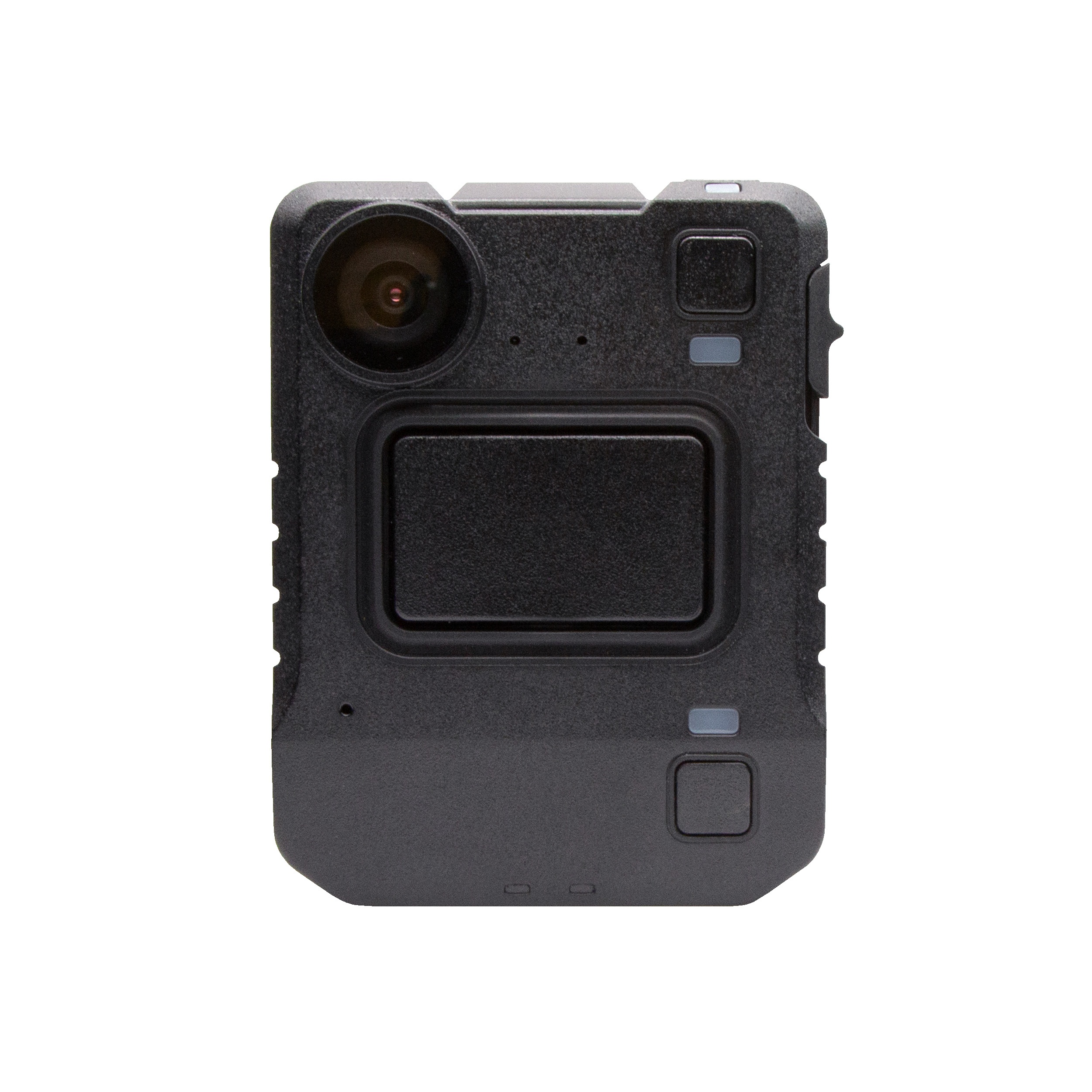How To Determine if a Used Car Has Been Salvaged

Before purchasing a used vehicle, it’s important to have as much information as possible to avoid buyer’s regret. One of the most important pieces of information is the vehicle title. Unfortunately, buyers can’t always trust the vehicle title that the seller provides.
Just because a vehicle has a clean or rebuilt title, doesn’t mean that the car hasn’t been salvaged in the past. Some dishonest sellers may try to take advantage of varying state laws and regulations and register a car as clean when it was actually salvaged. You could get stuck with a virtually undrivable, uninsurable vehicle that you bought for the price of a clean title car. To avoid this unfortunate situation, follow these tips for how to determine if a used car has been salvaged.
Acquire the Vehicle Identification Number
A vehicle identification number (VIN) serves as the identifying code for a specific automobile. It acts like a fingerprint. This number is composed of 17 different characters, including digits and capital letters. This combination is completely unique for each vehicle in existence.
To determine the VIN of a vehicle, you can look in several places. Usually, you can find the VIN where the dashboard on the driver’s side of the car meets the windshield. You might also see it on the doorjamb of the driver’s side door. The vehicle title could also contain the VIN. You should ensure that the number on the title matches the number on the vehicle.
Run the VIN Through One or More Databases
Once you acquire the VIN, you can move forward with determining if the car has been salvaged. You can use the VIN to obtain a vehicle history report. To do so, simply run the VIN through one or more database services such as CARFAX or AutoCheck. You will receive a complete vehicle history report, which will detail any major accidents. It will also indicate whether an insurance company ever deemed the vehicle salvaged.





